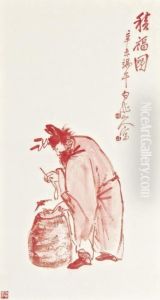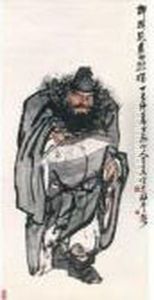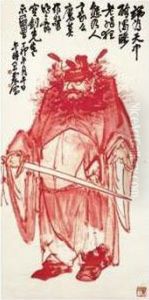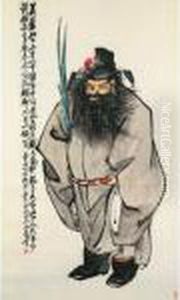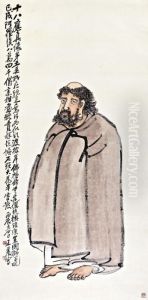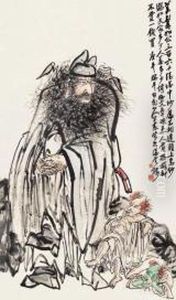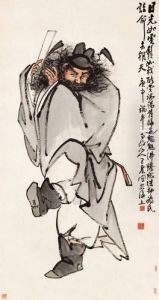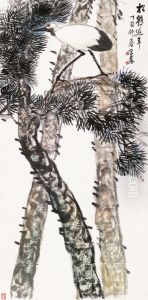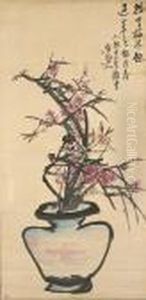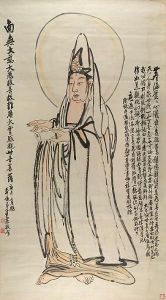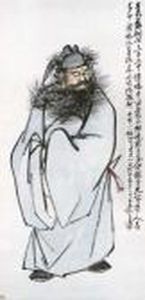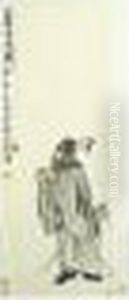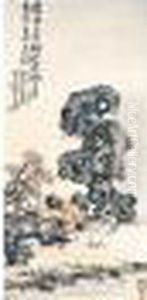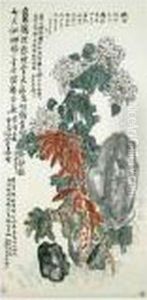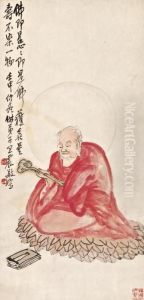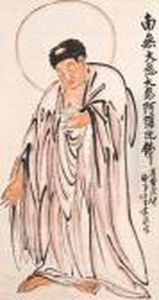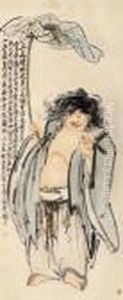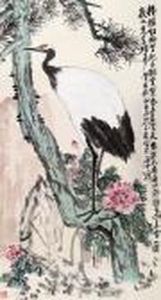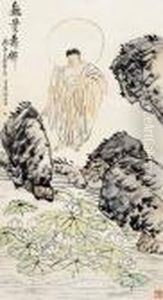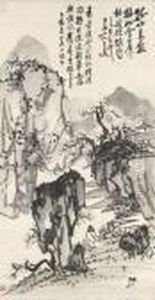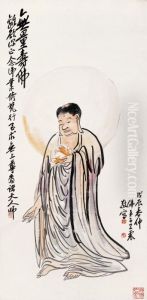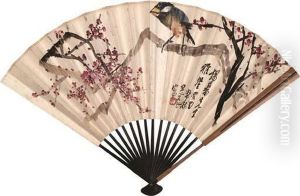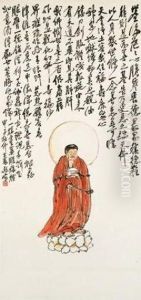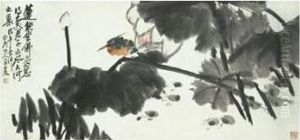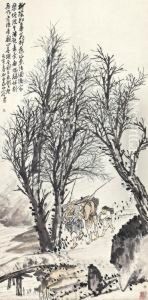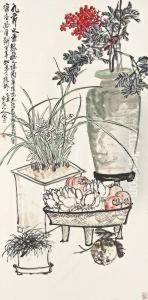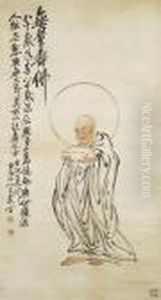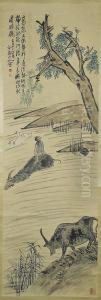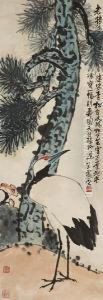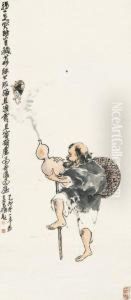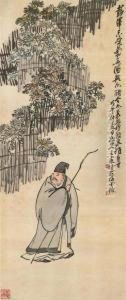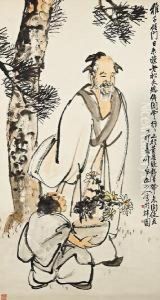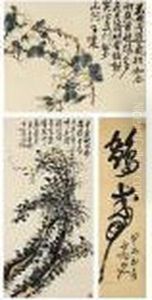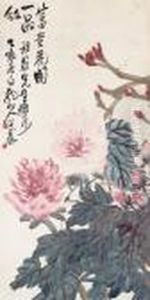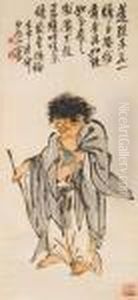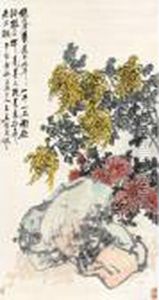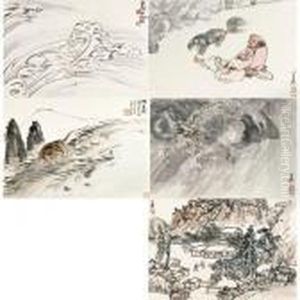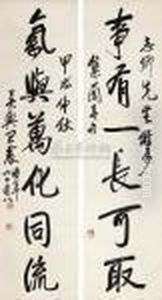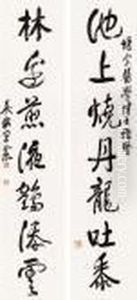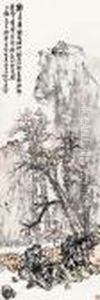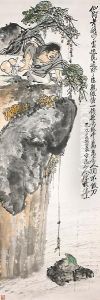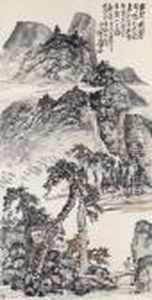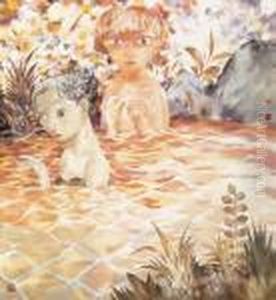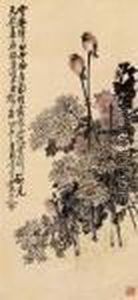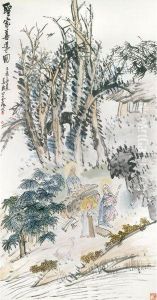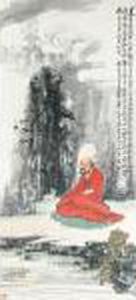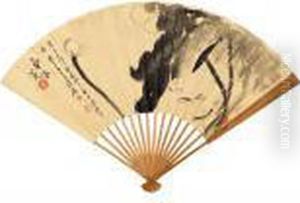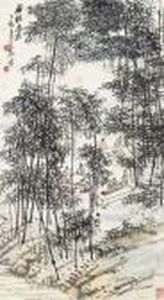Wang Zhen Paintings
Wang Zhen, also known by his courtesy name Wang Pu'an, was a pivotal figure in the late Qing Dynasty and early Republican period of China, making significant contributions to both the political and cultural realms of his time. Born in 1867 in the Jiangsu province, Wang Zhen was not only a politician but also a well-respected artist, particularly skilled in the art of Chinese calligraphy. His work in calligraphy is celebrated for its elegant and forceful style, which has been influential in the development of modern Chinese calligraphy.
During his political career, Wang Zhen was deeply involved in the tumultuous transition China faced from imperial rule to a republic. He initially served the Qing Dynasty in various capacities, but later, as the dynasty waned, he adapted to the changing political landscape and became involved in the early Republican government. Despite the political upheavals of his time, Wang Zhen remained committed to the advancement of Chinese culture and education, advocating for reforms that would modernize China while preserving its rich cultural heritage.
In addition to his political and cultural endeavors, Wang Zhen was an advocate for education, playing a role in the establishment of several schools and educational institutions. His belief in the power of education to transform society was evident in his efforts to promote literacy and learning across China.
Wang Zhen's artistic legacy is significant, with his calligraphy being highly prized by collectors and scholars alike. His style is characterized by a blend of traditional techniques with innovative expressions, reflecting the broader cultural shifts of his time. His works are often seen as a bridge between the past and the future of Chinese art, embodying the transition China was undergoing during his lifetime.
Despite the challenges of his era, Wang Zhen's contributions to Chinese politics, culture, and art were profound. He passed away in 1938, leaving behind a legacy that continues to be celebrated in China and beyond. His life and work reflect the complexities and dynamism of a period that was crucial in shaping modern China.
